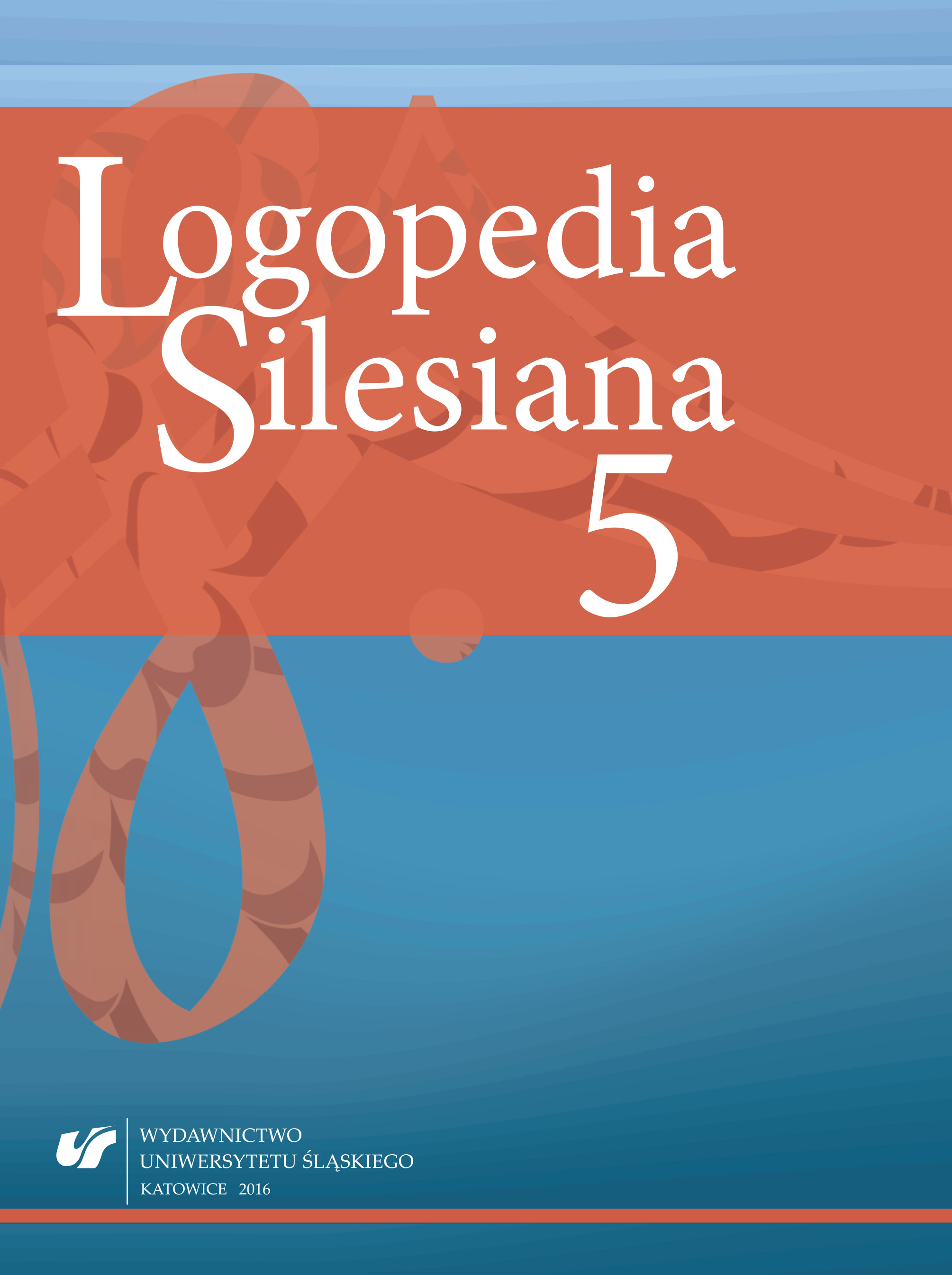Cendrowski W.: Neuroepidemiologia kliniczna. Wrocław, Volumed 1997.
Google Scholar
Chwastiak D.M. et al.: Depressive symptoms and severity of illness in multiple sclerosis: epidemiologic study of a large community sample. “American Journal of Psychiatry” 2002, No. 159 (11), p. 1862–1868.
Google Scholar
Correale J. et al.: Patterns of cytokine secretion by autoreactive proteolipid protein‑specific T cell clones during the course of multiple sclerosis. “Journal of Immunology” 1995, No. 154, p. 2959–2968.
Google Scholar
Członkowska A.: Stwardnienie rozsiane – współczesna diagnostyka i leczenie. „Przewodnik Lekarza” 2003, nr 6 (1), s. 6–15.
Google Scholar
Hafler A., Compston A.: Risk Alleles for Multiple Sclerosis Identified by a Genomewide Study. „New England Journal of Medicine” 2007, No. 357, p. 851–862.
Google Scholar
Herndon R.M.: Multiple Sclerosis: Immunology, Pathology and Pathophysiology. New York, Demos Medical Publishing 2003.
Google Scholar
Kowal P.: „Epidemiologia stwardnienia rozsianego na terenie 4 województw zachodniej Polski”. Praca doktorska. Poznań, Akademia Medyczna 1987.
Google Scholar
Levin L.I., Munger K.L., Rubertone M.V. et al.: Temporal relationship between elevation of epstein‑barr virus antibody titers and initial onset of neurological symptoms in multiple sclerosis. „JAMA” 2005, p. 2496–2500.
Google Scholar
Losy J.: Rola czynników immunologicznych i zapalnych w patogenezie stwardnienia rozsianego. „Polski Przegląd Neurologiczny” 2009, t. 5, nr 4, s. 159–165.
Google Scholar
Lucchinetti C. et al.: Heterogeneity of multiple sclerosis lesions: implications for the pathogenesis of demyelination. “Annals of Neurology” 2000, No. 47, p. 707–717.
Google Scholar
Muelen V., Katz M.: The proposed viral etiology of multiple sclerosis and related demyelinating diseases. In: Multiple sclerosis. Eds. C.S. Raine, H.F. McFarland, W.W. Tourtellotte. London, Chapman & Hall Medical 1997.
Google Scholar
Polman Ch.H. et al.: Diagnostic Criteria for Multiple Sclerosis: 2010 Revisions to the McDonald Criteria. “Annals of Neurology” 2011, No. 69, s. 292–302.
Google Scholar
Potemkowski A.: Stwardnienie rozsiane w świecie i w Polsce – ocena epidemiologiczna. „Aktualności Neurologiczne” 2009, nr 9 (2), s. 91–97.
Google Scholar
Prosperini L. et al.: Visuo‑proprioceptive training reduces risk of falls in patients with multiple sclerosis. “Multiple Sclerosis Journal” 2010, No. 16 (4), p. 491–499.
Google Scholar
Stinissen P., Raus J., Zhang J.: Autoimmune pathogenesis of multiple sclerosis: role of autoreactive T lymphocytes and new immunotherapeutic strategies. “Critical Reviews in Immunology” 1997, No. 17, p. 33–75.
Google Scholar
Szwed M.: Mitoksantron – antybiotyk antrachinonowy o aktywności przeciwnowotworowej stosowany w leczeniu stwardnienia rozsianego. „Postępy Higieny i Medycyny Doświadczalnej” 2014, nr 68, s. 198–208.
Google Scholar
Tefertiller C. et al.: Efficacy of rehabilitation robotics for walking training in neurological disorders: A review. “Journal of Rehabilitation Research” 2011, No. 48 (4), p. 387–416.
Google Scholar
Tutaj M., Szczepanik M.: Mechanizmy regulacji odpowiedzi immunologicznej w modelu stwardnienia rozsianego u myszy. „Postępy Higieny i Medycyny Doświadczalnej” 2006, nr 60, s. 571–583.
Google Scholar
Vergaro E. et al.: Adaptive robot training for the treatment of incoordination in Multiple Sclerosis. “Journal of NeuroEngineering and Rehabilitation” 2010, No. 7, p. 37.
Google Scholar
Wender M. et al.: Epidemiology of multiple sclerosis in western Poland – a comparison between prevalence rates in 1965 and 1981. “Acta Neurologica Scandinavica” 1985, No. 72, p. 210–217.
Google Scholar



 10.31261/LOGOPEDIASILESIANA
10.31261/LOGOPEDIASILESIANA